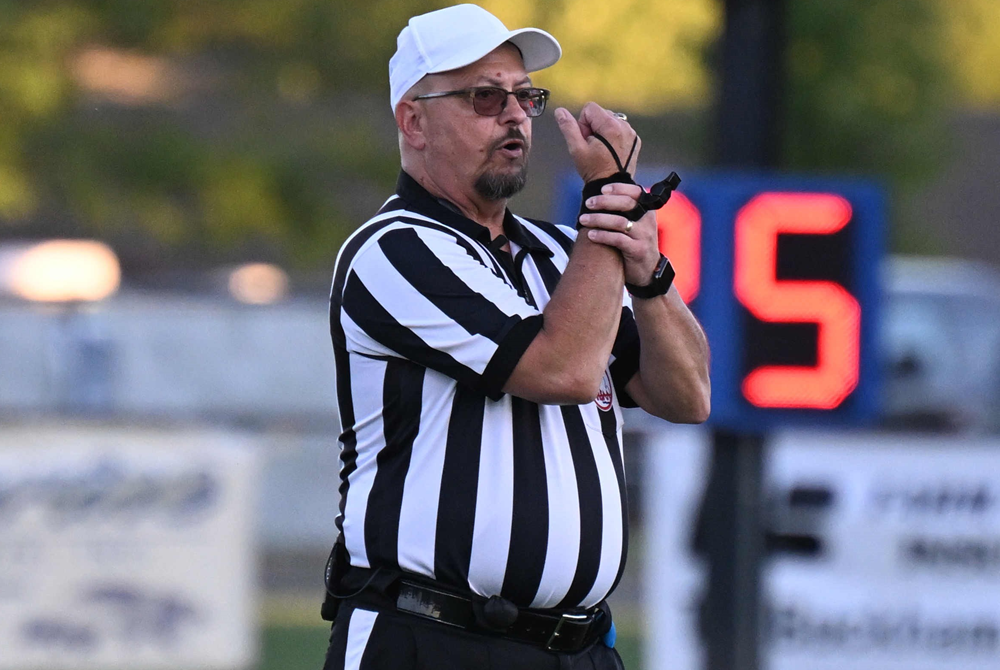
Be the Referee: Weight Monitoring
November 30, 2017
In this week's edition, assistant director Mark Uyl explains the how wrestlers' weights are monitored, an important part of making the sport safe for all who take the mat.
Be The Referee is a series of short messages designed to help educate people on the rules of different sports, to help them better understand the art of officiating, and to recruit officials.
Below is this week's segment – Wrestling Weight Monitoring - Listen
It has often been said that wrestling is the toughest and most grueling six minutes in all of sports. It is a sport that requires great dedication, discipline and conditioning from those kids that step onto the mat.
One of the most important parts of the high school wrestling program in Michigan is the weight monitoring program. Prior to the season, every wrestler undergoes a body composition test where the body fat percentage of each student is determined – and based on that data, a minimum weight and weight class is established for every participant.
This data provides a safe and healthy plan for kids that wish to drop weight and move down to a lower weight class as a wrestler can never lose more than 1.5 percent of their body weight in a given week. This program has made wrestling a safer and healthier sport for every single wrestler in the state of Michigan.
Past editions
November 23: Ejections - Listen
November 16: Toughest Call - Listen
November 9: Hurdling - Listen
November 2: The Survey Says - Listen
October 26: Helmet Comes Off - Listen
October 19: Goal Line Rules - Listen
October 12: No 1st-Year Fee - Listen
October 5: Athletic Empty Nesters - Listen
September 28: Misunderstood Football Rules: Kicking - Listen
September 21: Preparation for Officials - Listen
September 14: Always Stay Registered - Listen
September 7: Other Football Rules Changes - Listen
August 31: Pop-Up Onside Kicks - Listen
August 24: Blindside Blocks - Listen

Be the Referee: Football Holding
By
Sam Davis
MHSAA Director of Officials
August 27, 2024
Be The Referee is a series of short messages designed to help educate people on the rules of different sports, to help them better understand the art of officiating, and to recruit officials.
Below is this week's segment – Football Holding - Listen
In football, it’s often said that holding happens on every play. But does it?
When an offensive player uses their hands or arms to illegally restrain a defensive player – that’s holding. This typically happens when blockers grab or pull defensive players away from their path – impeding their ability to make a play. The penalty is 10 yards from the previous spot.
Defensive players can be flagged for holding as well. That’s also a 10-yard penalty. An example of defensive holding is when a cornerback grabs a receiver to slow him down before the ball is thrown. If that same contact happens while the pass is in the air – then it’s pass interference. Defensive pass interference is a 15-yard penalty.
PHOTO A football official signals holding during a 2023 game. (Photo by Gary Shook.)

